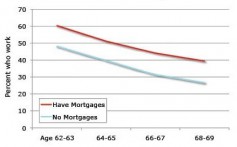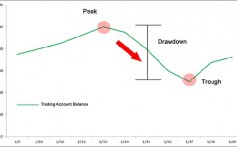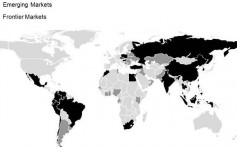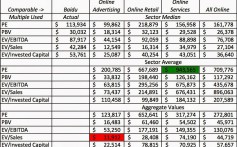Where to Invest Money When Your Savings Account is Full
Post on: 27 Май, 2015 No Comment

It’s a problem most people would love to have: Too much money in a savings account . However, whether you’ve worked hard for years at saving your money, have come into an unexpected windfall such as an inheritance, or received a nice bonus from work, it is, in fact, possible to have too much money in your savings account.
While today’s interests rates are extremely low, it’s still important to have some savings on hand for immediate emergencies, such as car or home repairs (many financial experts recommend at least $1,000), and then at least three to six months of your annual income in a savings account in case of a job loss or other major life change.
Related: 5 Best Online Savings Accounts of 2014
Then, take stock on what you’d like to achieve financially. Is it making a down payment on a home or buying a second residence? Is it paying off student loan or credit card debit? Is it funding your retirement or perhaps saving for a child’s college education?
While everyone’s financial situation is different, you can actually be doing your savings a disservice by keeping too much money in a basic savings account. The following are different types of accounts from the traditional savings account to more specialized, higher-yield accounts to help you decide where you should put your money to help meet your goals.
#1. Savings Accounts
Banks, credit unions, online banks and other financial institutions all offer high-yield savings accounts. The most common are personal (or passbook) savings and money market accounts.
A money market account may be an option to hold your larger, long-term savings. Money market accounts tend to pay more interest than passbook savings accounts, but generally also require you to maintain a larger balance. You may also be limited to a certain number of withdrawals from your money market account per month.
Because financial institutions offer varying interest rates, minimum balance requirements and may charge various account fees, shop around to find the best combination of offerings for your needs. Additionally, make sure your financial institution is FDIC insured, which means the total amount of your combined accounts up to $250,000 are insured in case the financial institution fails.
If you have more than $250,000 in your deposit accounts at one bank (including checking or certificates of deposit), consider opening up accounts at other financial institutions to help protect your money.
#2. Investment Accounts
To help achieve your financial goals and potentially grow your extra savings you may want to consider an investment account. There are a number of companies where you can make self-directed investments in mutual funds or individual stocks, such as Charles Schwab, E*Trade, Fidelity or Vanguard. Or if you prefer, you can work with a financial advisor to make good investment recommendations and help manage your account.
Whether you invest on your own or work with an advisor, there are a number of tools available to help you assess your risk profile. For example, if you have a lot of extra money in your savings account, you may be interested in investments that offer the potential for greater return, but also a greater risk of loss. If you’re a more conservative type, you may be interested in safe investments that help preserve your principal.

Again, you’ll want to compare minimum investment requirements, management and account fees, fund performance and whether your financial advisor is a fee-based advisor or a commission-based advisor. A good rule of thumb is to never put all of your financial eggs in one basket whether that’s investing all of your extra savings in one company’s stock or in one mutual fund asset class. You can find a variety of articles and asset allocation tools online to help you make informed decisions.
#3. Retirement Accounts
Certainly, if you have extra money in your savings account, you may want to consider adding to your 401(k); Roth or traditional IRA; or 403(b) account (if you are an employee of an educational institution or certain non-profit organization.) In 2014, individual contribution limits for 401(k)s are $17,500 per year; for Roth and traditional IRAs, the contribution limits are $5,500. As you contribute over time, the power of compounding interest can increase your balances and help you retire comfortably.
#4. 529 Plans
If one of your goals is to help find a child’s future college education, a 529 plan is an option to place some extra money. A 529 plan, or qualified tuition plan, is tax-advantaged savings plan sponsored by all 50 states and the District of Columbia, state agencies or educational institutions.
Many private colleges and universities also offer pre-paid tuition plans. The annual contribution limit for a 529 college savings is set by the federal gift-tax exclusion limit which in 2014 is $14,000. You can compare different plans at Saving for College.com.
Having too much money in your savings account is a good thing if you take the steps to protect your savings, as well as increase the potential to grow your savings.














